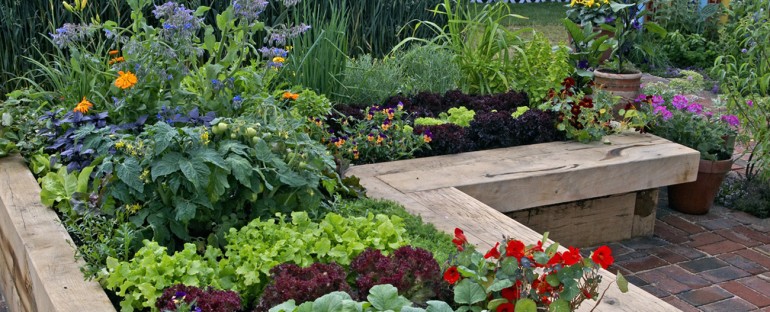- Home
- About Jack Carman
- Case Studies
- Brandermill Woods Alzheimer’s Garden
- Cathedral Village Butterfly Garden
- Foulkeways CCRC Herb Garden
- The Gift of Life Family House
- The Tranquility Garden at McAuley Convent
- The Healing Garden at Kimball Medical Center
- Meadowood Senior Living, Worcester, PA
- The Woodland Garden at Meadowood
- The Atrium Garden at Meadow Lakes
- The Back Porch Garden at Medford Leas
- Therapy Garden at Merwick
- River Garden at the Atrium
- St. Francis Country House
- St. John Neumann Nursing Home
- St. Mary Manor Nursing Home
- Virtua Camden Hospital
- Services
- News
- FAQs
- Useful Links
- Contact Us
After being cooped up indoors due to shelter-in-place orders, buyers are reemerging and making outdoor space a priority in order to flex their green thumb.
The pandemic is shaping people’s lives in new ways and causing some to reevaluate what features they want in a home. Now more than ever, potential home buyers are prioritizing outdoor areas, including gardens.
According to a May 3–4 Economic Pulse Flash Survey of about 2,500 members of the National Association of REALTORS®, one in eight said their buyer clients have changed at least one home feature that’s important to them since the COVID-19 pandemic began. The most common features identified are home offices, yard space for exercising or growing food, and more space to accommodate their family.
Gardening offers many benefits: fresh air, exercise, and food for the table. It can be a shared or solitary activity in virtually any part of the country and any housing type.
Inspire your clients by sharing these five types of gardens they can consider in their current or future home.
Victory Garden
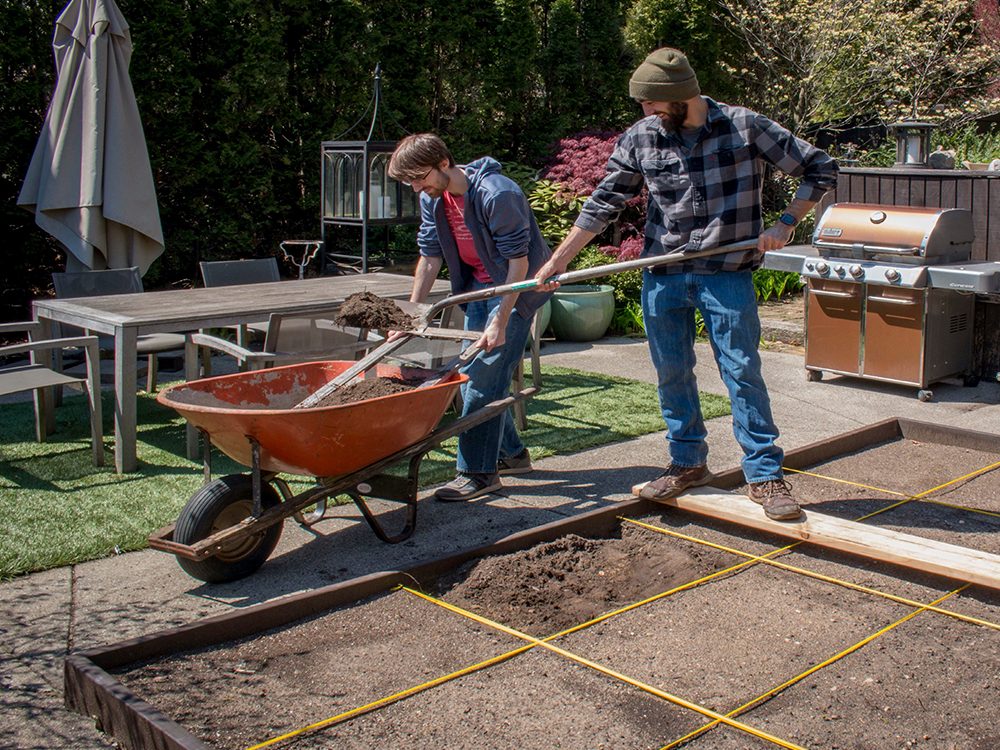
© Courtesy of Kettelkamp & Kettelkamp
Also called war gardens because they were planted during World War II to supplement food rations, victory gardens are again being planted for food and to boost spirits. Landscape architect Ryan Kettelkamp, who has an Evanston, Ill.–based business, Kettelkamp & Kettelkamp, did so in his backyard with his wife and landscape architect partner, Claire Kettelkamp, and their adult sons. “It became a great family project and reminded me of how I learned gardening with my mother’s parents,” he says.
Kettelkamp worked within an 8- by 13-foot plot based on the square-foot-gardening concept, which divides a growing area into small square sections to create order. They removed a rectangle of lawn, built a frame around the garden from untreated wooden boards, and added soil amended with compost. “The boys had a good time working with a salvaged piece of wire mesh to sift the soil before we planted seeds to help them germinate better,” Kettelkamp says.
Their edibles were chosen based on the 8 to 10 hours of sunlight the plot receives daily. They made sure to have a variety of produce in different colors and textures, planting half the squares with “early” vegetables—three types of onions (red, white, and yellow), beets, sugar snap peas on 6-foot-high towers, Swiss chard, spinach, carrots, radishes and lettuce—for big salads. Later in the season, they will add “late” vegetables—pole beans, zucchini, eggplant, tomatoes to replace peas, and late cabbage to replace spinach.
Like many families across the U.S. prior to the pandemic, each person was busy with work, school, or other activities, and they rarely had dinner together. Creation of the victory garden gave them something to focus on together. “It became a real family project. Now we eat as a family every night in the dining room rather than in the kitchen or on the couch,” he says. “We’re all looking forward to seeing our seedlings emerge and bringing our first harvest to the dinner table.”
Container Garden

© courtesy of Jim Bertrand, BertrandLandscape.com
Landscape architect Jim Bertrand, whose eponymous firm is based in Chicago, says more clients are asking for container gardens because they’re easy to water, feed, weed, and tend than in-ground gardens. “You don’t have to bend as much and you can walk around the container,” he says. They also produce a visual delight that’s proportioned to human scale and can be changed easily for variety.
For containers, Bertrand favors limestone, though it can be expensive and heavy, especially once planted. Resin is a less costly and more colorful alternative that can be moved around a garden easily. Bertrand suggests using found objects the homeowner might have on hand, such as an old bathtub. While some may want a single container at a doorway or two flanking an entry, a grouping in different sizes can create a focal point to dress up a deck or fire pit area or conceal an eyesore like an air conditioning unit.
When planting the container, Bertrand likes using one dramatic plant such as a canna or elephant ear or a mix of several, with one at the center and others, like lantana and caladium, as understory plantings. Containers are a good place to plant vegetables and herbs, too. The biggest mistakes homeowners make are using pots without holes at the base for drainage and not adding a layer of rocks before the soil to help water drain well.
Therapeutic Garden
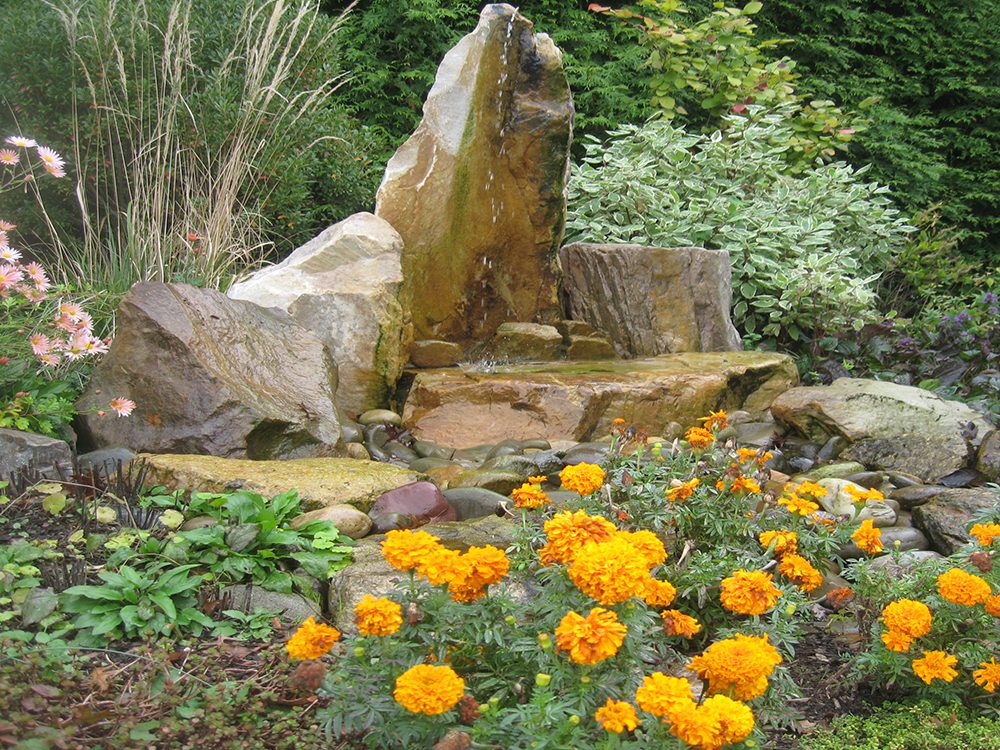
© Courtesy of Jack Carman
According to the American Horticultural Therapy Association, a therapeutic garden is a plant-dominated environment designed to encourage interaction with nature’s healing elements. The possibilities for these gardens vary widely, but they often feature sensory-oriented materials that involve sight, sound, touch, smell, and taste.
Jack Carman, director of Landscape Architecture, Spiezle Architectural Group based in Hamilton, N.J., who has long developed therapeutic gardens for health care and residential settings, encourages those who want a therapeutic garden to include plants with special meanings. “Perhaps, you want a memory garden that includes flowers your parents or grandparents grew, such as roses of a particular color or scent,” he says. “Or maybe you prefer a vegetable or herb garden that will help yield foods for recipes with a family connection.”
Herbs are an easy way to start because they offer advantages. “Most animals will ignore them, they offer a long growing season, they come in many varieties, and, if planted in containers, they can be brought indoors at the end of the season,” he says. Thyme, for example, comes in the traditional variety, but also in lemon, caraway, and French variations.
These days, many homeowners are creating meditation gardens. Carman suggests locating it away from the house and street. Good elements to include are plants that attract birds, butterflies, and bees; a water feature to distract from street noise (be sure the water recirculates to avoid mosquitoes); a wind chime; and a comfortable place to sit.
If the garden’s purpose is to help heal from health issues, consider smells. Some treatments, such as chemotherapy, trigger sensitivity to certain scents, Carman says. In that case, plant materials without fragrance, such as hydrangeas, azaleas, and red twig dogwood, are useful. Touch can heal, and Carman likes lamb’s ear for its softness. Color reflects personal preference, he says, but associations may be important. Red is often equated with excitement; green with calm.
Children’s Garden
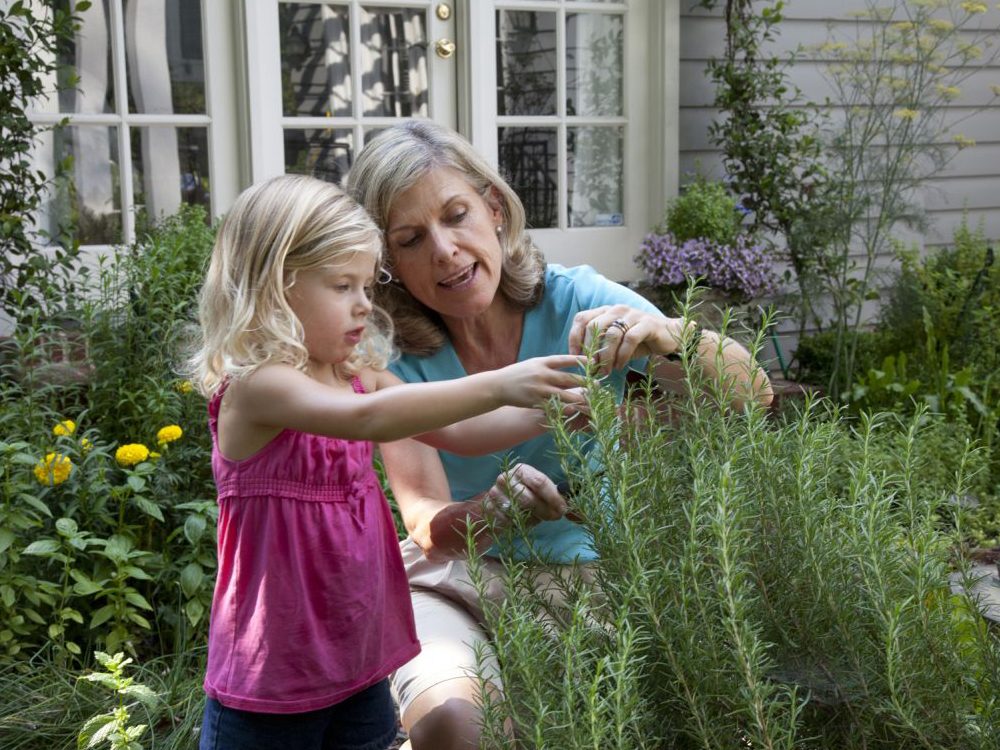
© Courtesy of Bonnie Plants
Most children will enjoy the process of seeing how vegetables, herbs, and flowers grow, says Joan Casanova with Bonnie Plants, a producer and supplier of vegetables and herbs based in Union Springs, Ala. “After developing a sense of ownership, they’ll love eating the sweet fruits of their labor,” she says. Here are some tips for homeowners who want to get their kids involved.
- Provide kid-sized tools. There are gardening tools manufactured to fit smaller hands so they’re easier and safer for kids to use, Casanova says. Consider personalizing them with their name or initials, or buy colorful ones as a closing gift for the family. Include a trowel, shovel, hand rake, and watering can. Many sources are available online.
- Start small. The homeowner should pick a small plot, raised bed, or container for the child to call their own. Be sure it’s located in an area that gets plenty of sunlight and is close to a water source. “By starting small, young children won’t get overwhelmed and can understand all the essentials about the need for sunlight, water, good soil, and how to scout for pests with a focus on a few plants,” she says.
- Let kids help pick the plants. Kids can help decide what to plant to make connections with specific vegetables, fruits, or flowers they like. Casanova suggests her company’s husky cherry red tomatoes that yield sweet clusters as well as onion chives, which are easy to grow and come with edible purple flower blooms.
- Dig in. Most kids like digging in dirt to hollow out a patch of ground or hole in a container filled with dirt. Your client can show them how to remove plants from their container and tickle roots before placing in the hole. Then the kids can fill in soil around it, pressing down to eliminate air bubbles. For containers, they should use good potting soil formulated for container growing, and test in-ground soil with a soil kit to see if amendments are needed.
- Make plant tags. Paint or color popsicle sticks or rocks with the name of what’s growing so everybody remembers what’s where.
- Weed and water wisely. Your clients should guide their kids on how much to water and point out weeds to they can pick. Underwatering and overwatering are equally bad. It’s best to water in the morning at the base of a plant, keeping foliage dry to prevent plant stress. Water plants when the top inch-and-a-half of soil is dry to the touch.
- Set a schedule. The homeowners should set a time every morning or late in the day to water, weed, look for pests, and check plant growth with their kids, which helps keep them interested.
- Pick the yield. Your homeowners can plan a meal with their children using what’s ready for picking, which will give them a greater feeling of success.
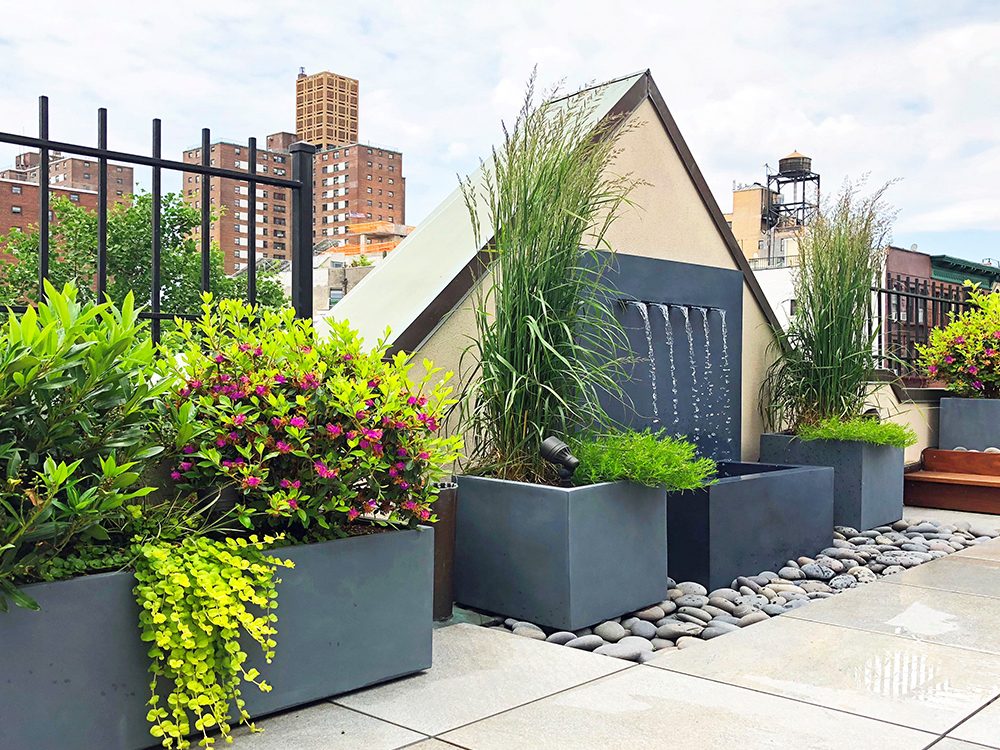
© Courtesy of Amber Freda
Balcony or rooftop gardens. Any outdoor area can be transformed into a lush garden, even when not at ground level, says landscape designer Amber Freda, whose eponymous firm in New York City is adept at these makeovers.
For rooftops, Freda suggests covering the surface—typically concrete—with attractive interlocking tiles. It’s a good do-it-yourself project for new homeowners. If they’re planting in containers, she favors wood, fiberglass, and ceramic. Owners should go with plants that might survive on a mountain, which offers an environment similar to the top of taller buildings with a lot of potential for wind, Freda says. “You don’t want something top-heavy that might fall over, such as a banana tree or lollipop tree,” she says.
Freda recommends evergreens such as junipers, arborvitaes, boxwoods, deciduous flowering shrubs like Tardiva hydrangeas, Knock Out roses, Bluebeard caryopteris, and perennial flowers like cone flowers, threadleaf coreopsis, and creeping Jenny. For annuals, she recommends petunias, Rieger begonias, Angelonia, alyssum, coleus, New Guinea impatiens, and lobelia.
The biggest challenge for a balcony garden is that it may not get enough rain or sun due to a neighbor’s balcony above. Therefore, it’s important for the homeowner to hand water their plants or install drip irrigation. They should choose plants according to the amount of sun or shade. Good plants for a balcony or planter are Japanese maples, junipers, hydrangea, azaleas, succulents, arborvitae, or small annuals like petunias and begonias, Freda says. Place any bird feeders off the ground, so they don’t attract rodents. If the garden is small, limit the palette to three or four compatible choices.
Republished with permission. Original article:
https://magazine.realtor/home-and-design/feature/article/2020/05/time-to-watch-clients-gardens-grow
Recent Articles
- 15Oct
Healing Design: The Benefits in Creating Therapeutic Gardens
Imagine a place that can do the impossible – spark...
- 04Nov
Trees Are Therapeutic
Trees! We all know that they provide shade and give...
- 27Oct
Is The Covid-19 Pandemic Reviving A Historic Residential Design Feature?
The pandemic has changed our relationship with our...
- 28May
Time to Watch Clients’ Gardens Grow
After being cooped up indoors due to shelter-in-place...
- 27Feb
Landscaping Can Grow Engagement While It’s Shrinking Expenses
Just like many other community operations, landscaping...
Recent Case Studies
Categories
Contact Information
Popular Posts
-
HORTICULTURAL THERAPY AND VETERANS
Horticultural TherapyVarious programs are are being developed to help Veterans...
-
FOOD GLORIOUS FOOD
Horticultural TherapyVisiting London, I came across a demonstration community...
Categories
To find out more, including how to control cookies, see here: Cookie Policy







